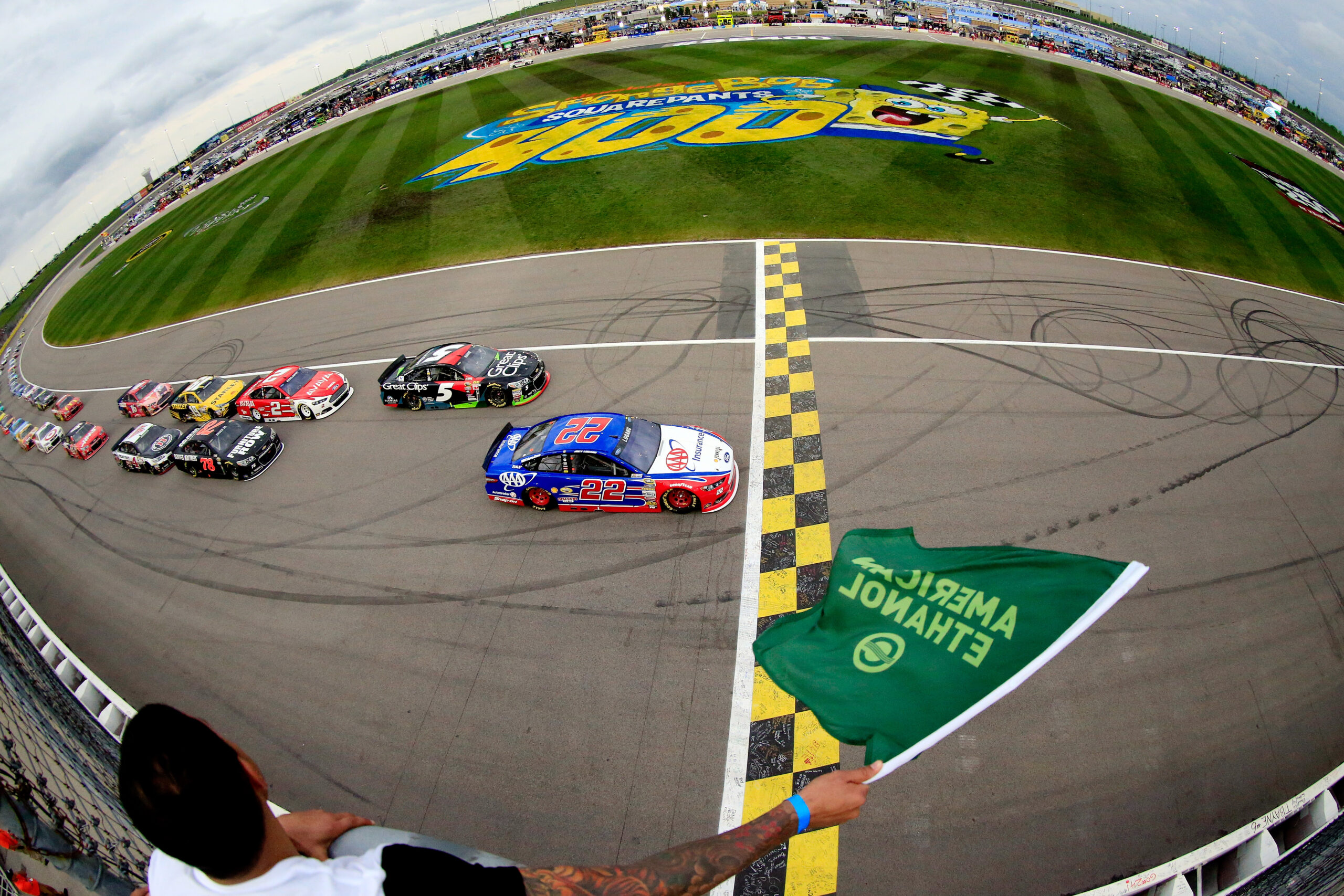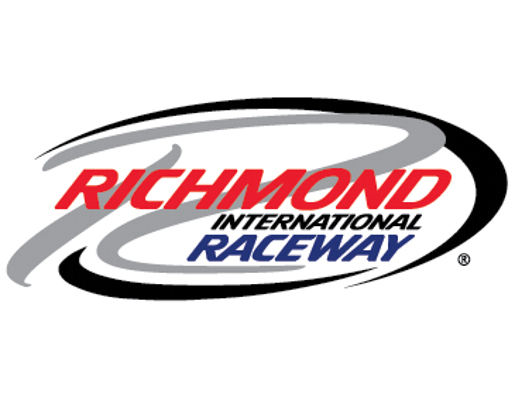Let’s start with some very simple basics. It takes approximately 1/64th of a second for what you see to hit your brain and your brain to go, ‘Oh shit, feet do this, hands do this!’
In that length of time on a superspeedway, you have traveled half the length of a football field. By then you are not only in the wreck, you are careening out of control toward the bottom of the track or are about to hit the track, grass and/or run off on your lid. This is not new! This is scientific fact. When you run 43 cars a cigarette package width apart this is going to be the outcome. Drivers cannot physically react fast enough to avoid the crash.
Everyone, no matter who they are, makes mistakes behind the wheel. Blocking, drafting, bumping, pushing and side drafting, all these things make up superspeedway racing and they all have the potential for being a mistake. Driver A has been bumping, drafting the car in front of him all day and it’s gotten them up through the field. Driver B goes to change pages on the new dash and Driver A bumps him in the ass, he goes sideways and there we go. The wreck has begun and it’s going to take more than just those two.
Airborne cars and flips are not new at any superspeedway. They have happened there since the gates were opened for the very first time. There have been some serious and devastating injuries at these places, names like Earnhardt, Wallace, Pearson, Allison, Edwards, Martin, and Waltrip are the first that come to mind, and that’s without me digging out the history book or my race notes.
For years, the fans have screamed about driver safety at these places and sworn they didn’t come for the wrecks but yet consistently those tracks are big ticket sale events. So the more they scream they hate wrecks, the more their wallets speak to the contrary. If you want change, the loudest voice is dirty green paper with dead men’s pictures on it. (The Harriet Tubman 20 is not yet available; when it becomes available I will change it to dead people’s pictures.)
There are dozens of folks that are complaining about the cost of keeping smaller teams from being competitive. Well, as long as we have four races at Daytona and Talladega the price of competition is not going to go down. When each superspeedway car costs approximately $1 million in materials, technology and man hours, you figure out what a 21 car wreck costs.
Cost containment doesn’t stop there. A pit box costs a little over $600,000, a hauler around $1 million. I freaking remember when they set up lawn chairs on the top of a Craftsman tool box and the car showed up on the back of an open hauler. The racing was more competitive and there were a lot fewer whiners.
There were however, a lot fewer dollars in purse money, sponsor assistance, and contingency awards. Maybe that was not a bad thing considering where we sit now. A twist tie is a twist tie whether it came out of a box of Hefty bags or it is an approved NASCAR piece that looks like it came out of a box of Hefty bags. The real difference is you can buy the box of Hefty bags for five bucks and get the twist ties as a bonus or you can pay NASCAR selected distributors 50 bucks for them. You do the math.
The bottom line of superspeedway racing is that it is the most dangerous form of racing that we have. But racing, whether on superspeedways or short tracks, intermediate tracks or road courses is dangerous. Period. Do not let NASCAR’s boasting of having the safest car in motorsports fool you. It is still extremely dangerous. We have lost drivers and heroes on every type of track that racing takes place on.
Before we point the finger at NASCAR let us be perfectly blunt here. I was doing a piece on fire safety in dirt racing recently and was told flat out, “No one makes the drivers get in the car and race. They have the option regardless of series to park the car and not race if they feel the car isn’t safe, the track isn’t safe, or they just have a bad vibe. They choose to get in the car and race.”
That’s it in a nutshell. The drivers choose to race at these places. Take it a step further, the owners choose to spend millions on cars for them to race at these places. Both parties know damn good and well that the odds are not in their favor of bringing back a car in one piece and they are greatly weighted toward the fact that the car will come back in a cardboard box. Drivers know they could be hurt seriously or killed if the situation plays out right. They get in the cars and they race anyway.
The situation is made more dramatic for us by the broadcast media who sit like vultures in the booth high above the track and prophesize the coming of the big one. When it happens they practically gleefully celebrate its arrival and as an afterthought say, “Gee I hope so and so is alright.” We allow ourselves to be spoon-fed this kind of gloom, doom and drama as though it is a foregone conclusion that it will happen. When it doesn’t, we walk away feeling cheated and disappointed.
Three-time NASCAR champion, Tony Stewart once was quoted as saying, “If you don’t like what it says, don’t read it. If you don’t like what you see, don’t watch it. If you don’t like what is said, don’t listen to it.”
That is the key folks. If you don’t like this kind of racing, don’t watch it. Don’t buy a ticket to see it. If you are really concerned with the safety risk to your favorite driver speak with your eyes, ears, and wallet. Because Brian France and NASCAR speak one language, you may think that it’s English but the truth is, it’s currency.









